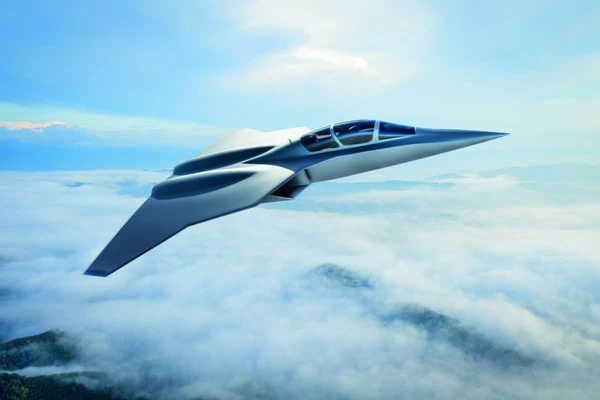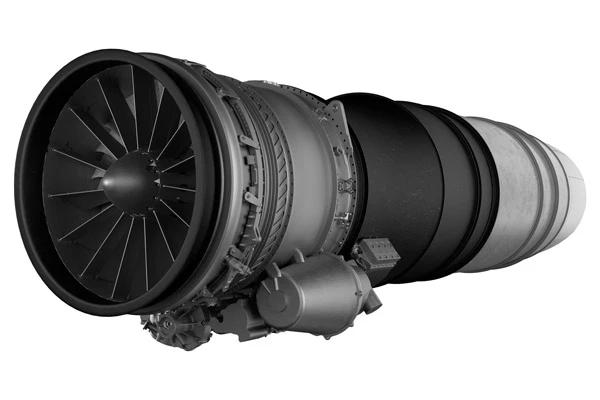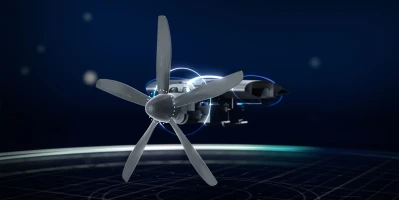good-to-know
A brief guide: The Future Combat Air System
As a system of systems consisting of various platforms and components, FCAS will be significantly more effective than previous air defense systems.
author: Isabel Henrich | 2 mins reading time published on: 03.05.2023
author:
Isabel Henrich
studied political science and communications. At MTU, she coordinates the editorial process of AEROREPORT and is responsible for the conception and development of its content.
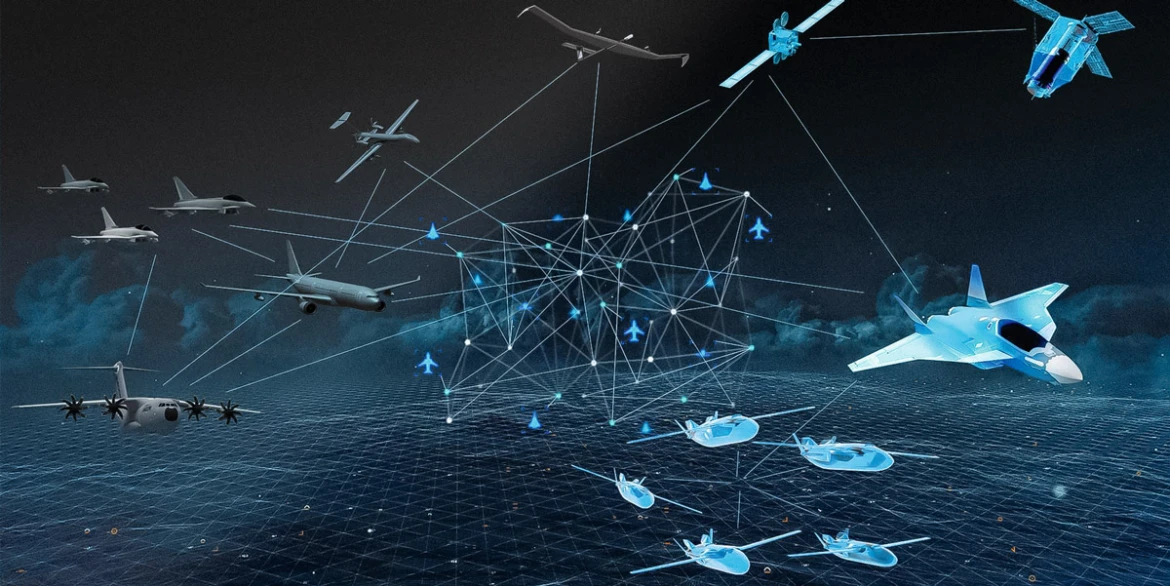
©Airbus
The Future Combat Air System (FCAS) is the European air defense system that is set to enter into service in 2040. Germany, France and Spain are working together on this. The development of FCAS is divided into several pillars, with each pillar involving companies from all three partner nations. The engine for Europe’s next-generation fighter is one of these pillars.
FCAS will be far more than a network of conventional combat aircraft. While the centerpiece is the New Generation Fighter, a next-generation jet with a human pilot, this is supplemented by unmanned components known as remote carriers. Together, they form the Next Generation Weapon System. A combat cloud ensures that all information within the corresponding network is available in real time to all units involved in a mission. FCAS is referred to as a systems of systems because of its complex digital network.
Europe’s most strategic defense program has now entered its next phase: on March 20, 2023, the contract between the industrial partners of the participating nations went into force. The demonstrator phase will extend through 2028/2029. FCAS is then scheduled to be available from 2040 onward.
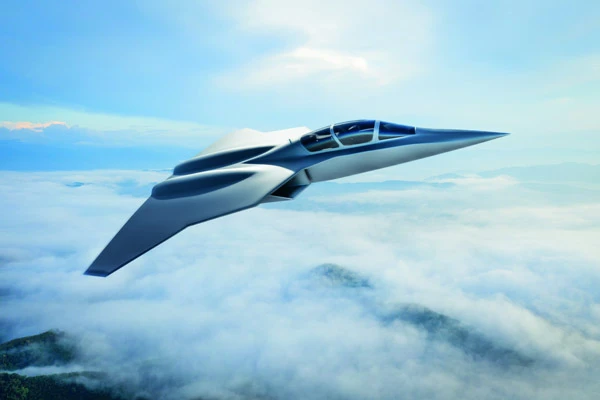
©EUMET
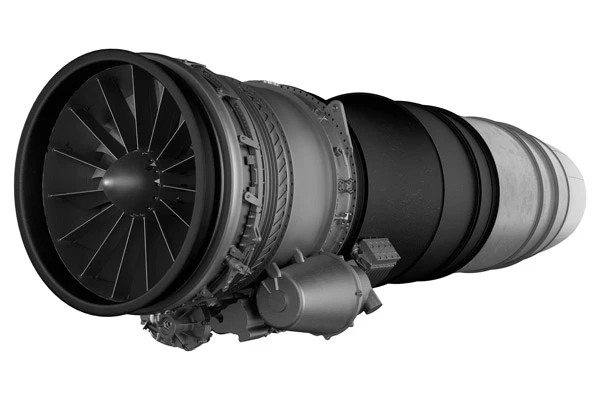
Overview of the pillars of the Future Combat Air System:
New Generation Fighter: A sixth-generation fighter jet that enables connectivity between the fighter and unmanned components. It uses more advanced key technologies—particularly in the field of electronics and sensors.
New Generation Fighter Engine: Engine specialists MTU and Safran are developing the engine for the New Generation Fighter under the leadership of their EUMET (European Military Engine Team) joint venture and in collaboration with their main partner ITP Aero. MTU is responsible for its core competencies of high-pressure and low-pressure compressors and the compressor intermediate case as well as for parts of the control systems, and is the lead company for aspects of engine maintenance.
Remote Carriers: Unmanned components that interact with the fighter jet and support it in reconnaissance, electronic warfare and effectiveness. The unmanned components reduce the mission risks to the combat aircraft and their pilots.
Air Combat Cloud: A protected IT system that serves as a digital backbone connecting the combat aircraft and the unmanned components for the exchange of information. Its open system architecture also permits the integration of existing systems (such as the Eurofighter or A400M), new systems (such as the Eurodrone) and other dimensions (land, sea, space and cyber).
The remaining pillars deal with the topics of simulation, sensors and stealth.



